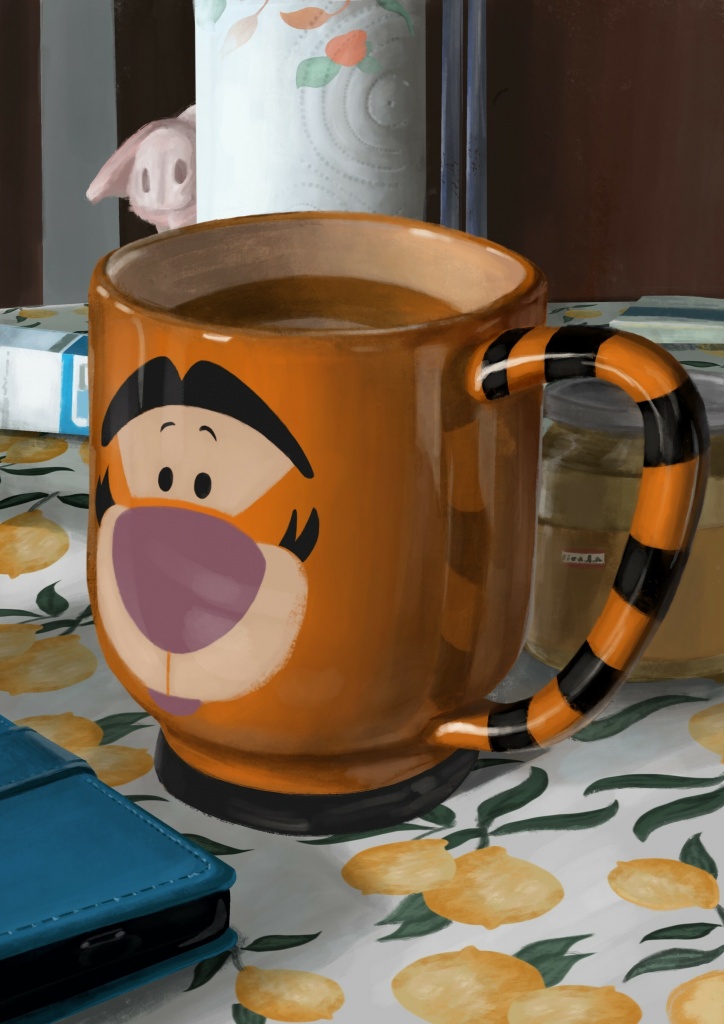‘…there are indeed
Within the earth primordial germs of things,
Which, as the ploughshare turns the fruitful clods
And kneads the mould, we quicken into birth.’
Titus Lucretius Carus. ‘Of the Nature of Things’
This post is a long-long read. If you don’t feel like reading, just scroll through the pictures. We will not be offended. The article presents the evolution of attitudes towards the material world of still life from Ancient Egypt and Pompei to contemporary digital artists Andrey Surnov, Alexander Seleznev, Albert Valls Punsich, and others.
October 27 was World Audiovisual Heritage Day. The Sputnik-radio invited our specialists to express their opinion on the problem of the preservation of content that is produced today using digital technologies. Perhaps it was precisely the reflections on what will remain after us that prompted the creation of this text.
How It Was
The entire history of mankind, which existed until today, is told to us in four main ways – architecture, text, images, and the most ancient in the history of mankind – objects. Until the 21st century, things lived longer than people. They could be hereditary, they pulled the thread connecting generations, they became the most eloquent and impartial witnesses of bygone eras, they acted as a pass to eternity for man.
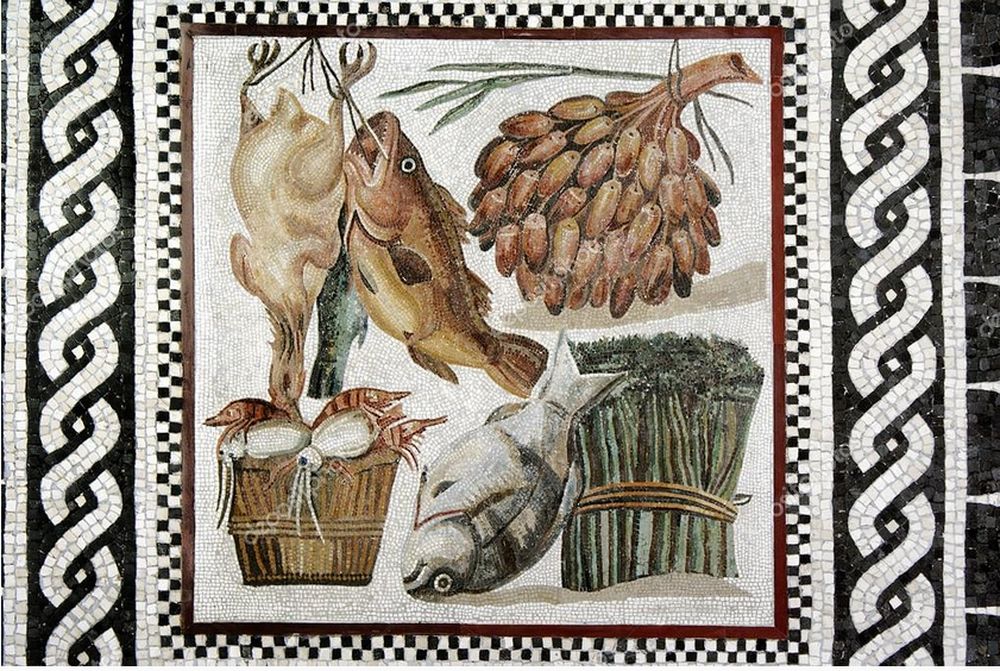
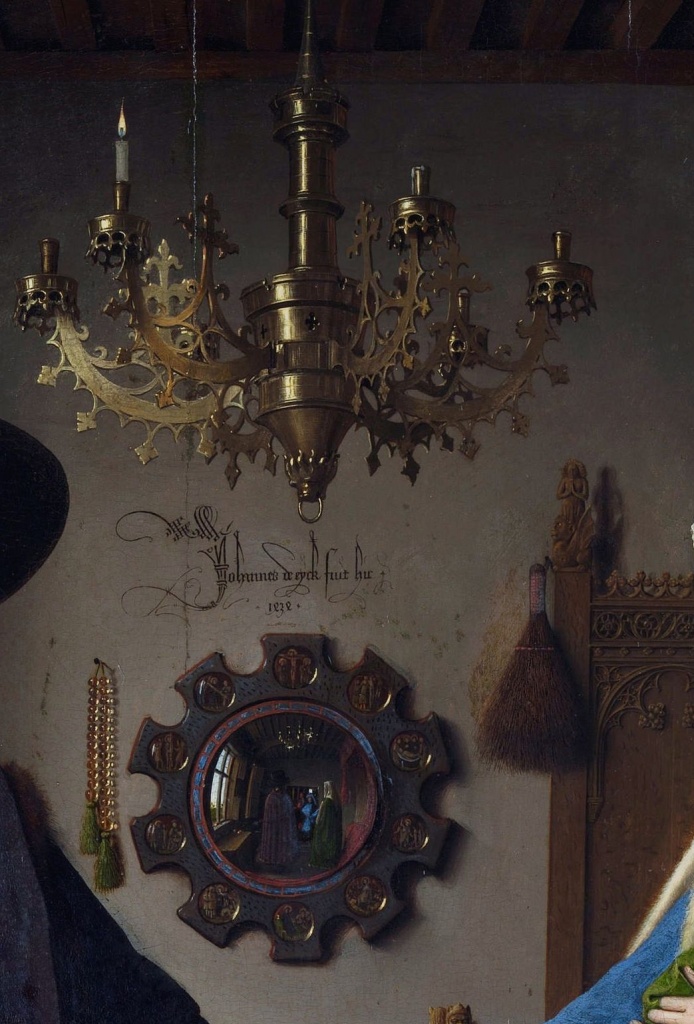
If it weren’t for things, our knowledge of the past would be incomplete and unreliable. The text or plot of a picture can be ideologized, biased, invented, but everyday objects almost never lie. They, like ledgers, carefully document a person’s daily life, no matter how symbolic it may seem.
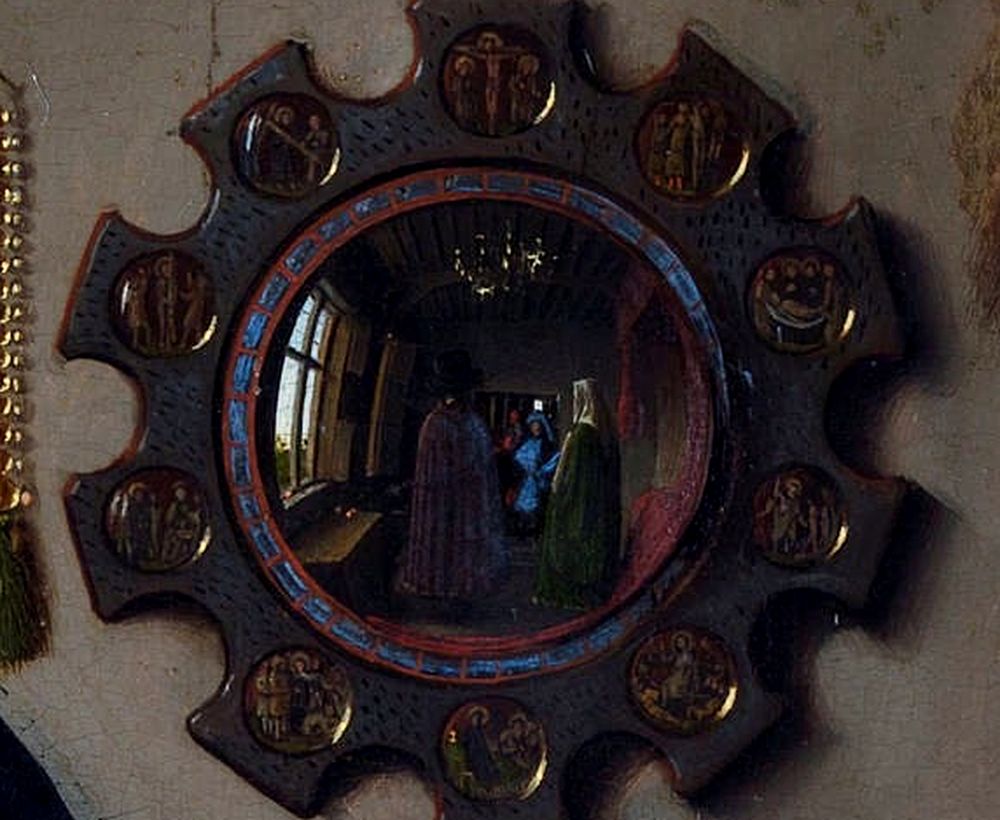
Things that have come down to us and their images really speak about time and people sometimes more than even portraits.
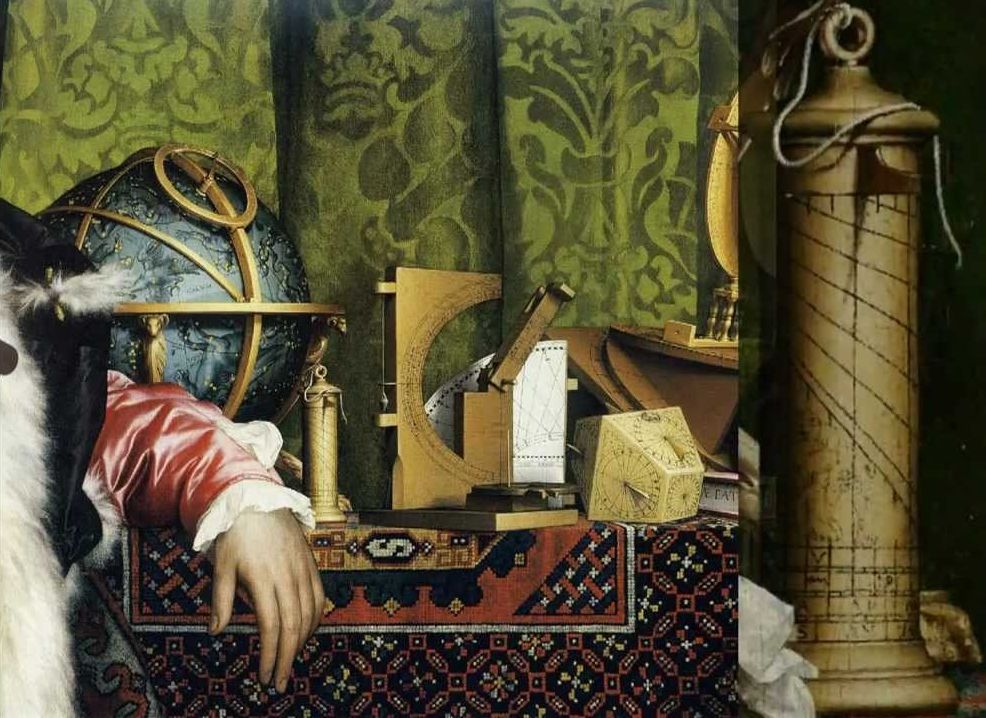
On the dual nature of things
Therefore, it is sad that today the genre of still life is reduced to primitive pedagogical sketches. This is all the more alarming that for the first time in human history, people began to live longer than things live. We are poorly aware of this, but the material connection between generations is lost, even the material connection between the periods of one person’s life disappears. Which one of us has a pager at home? But 25 years ago, it was an ultra-class item. Who among the people born in the 90s knows what a kerosene stove is? Or an inkwell? Things leave us, and this is not at all as harmless as we think.
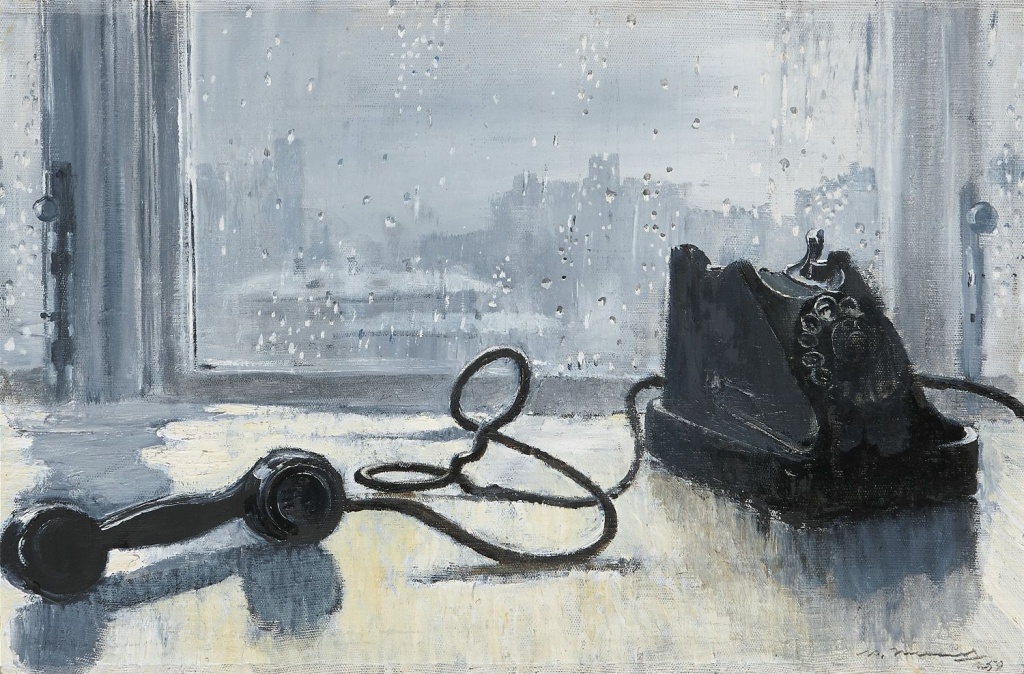
Things in a person’s life have always been ambiguous. They performed the utilitarian functions of satisfying hunger and thirst, protecting from cold or heat, storing food, etc., but at the same time they served as social attributes, emphasizing property and social status. In addition, they connected a person with the world of deities. What a person experienced has become for him a knot of memory, a thread connecting a mortal and short life with eternity. Even the fruits of agriculture and cattle breeding – fruits, fish, meat, milk, aromatic oils – were the conductors of eternity, because they were presented as a gift to the gods.
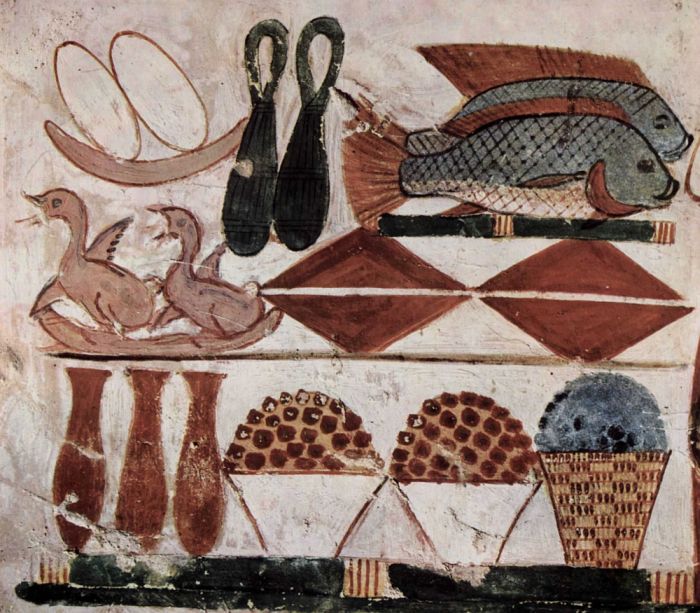
Images of objects have always been more than just a copy of reality. These were signs and symbols, attributes of time or personality, they contained references to literary works, myths and legends, and religious traditions. There were times when the composition of objects replaced evangelical or moralizing texts.
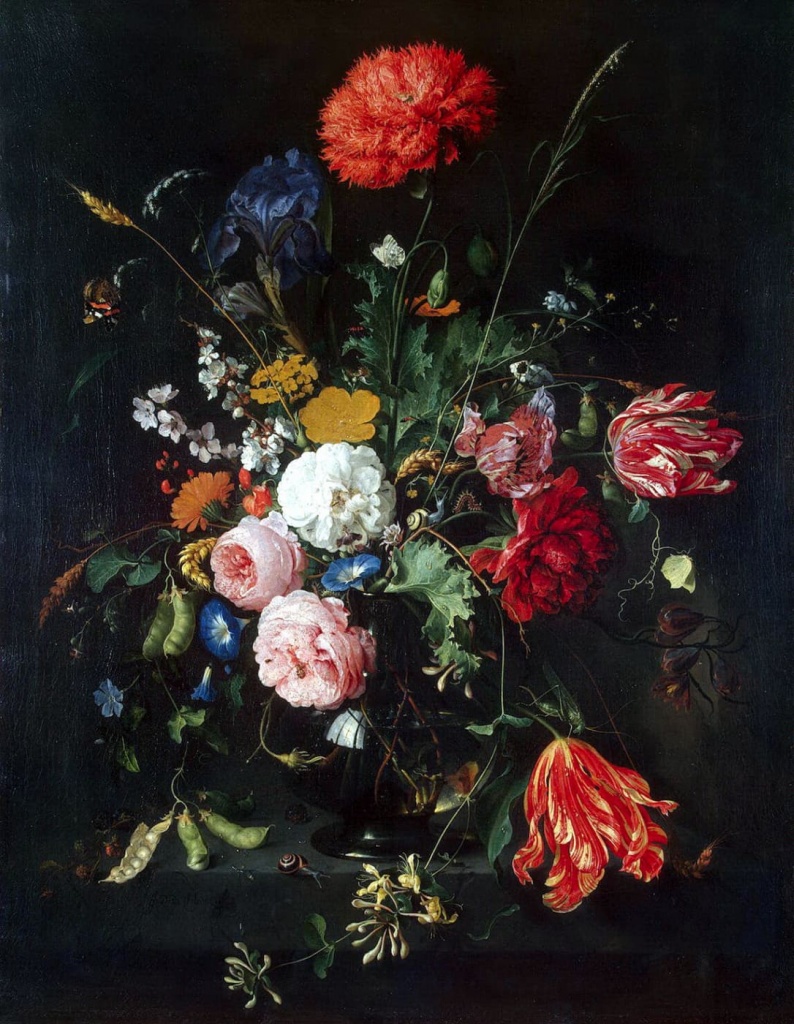
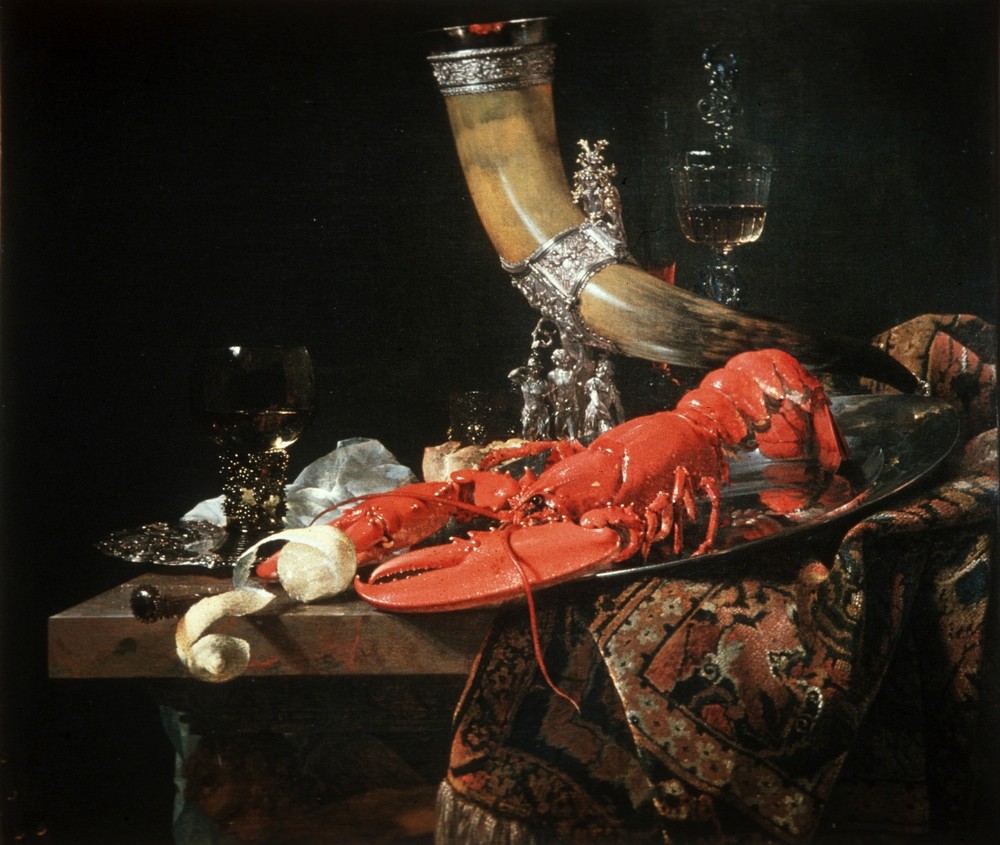
We and our things today
Today everyone lives a completely different life. Things still have signs of status, but the component of eternity has been completely washed out of them. On the contrary, the higher the social position of a person, the more ambitious he is, the shorter the life of the things he possesses. This is one of the factors that turn the life of a modern person into an intolerable race and steal from him a sense of the fullness of life. Our glass is never full, we constantly empty it.

The short life of things, which teaches a person to constantly desire new things, deprives him of the ability to wait. The result should be immediate, right now. Unfortunately, great things are not done this way, so we set ourselves only achievable goals, so people who think about eternity cause such admiration and controversy in us – Elon Musk, Greta Thunberg. They want to solve big problems.
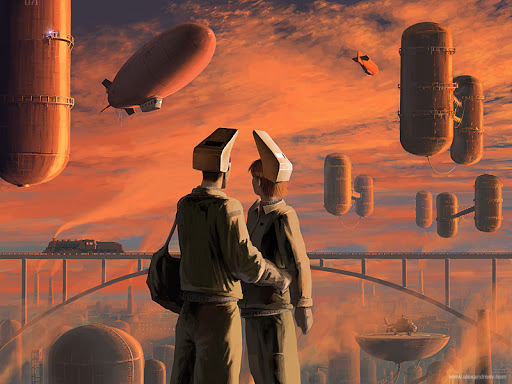
This is a very dangerous situation. Today we neglect things, we see in them only a tool for satisfying our momentary desires, depriving them of any independent content, depriving them of the right to exist outside of our being. I am afraid that this frivolity will turn into serious problems for us.
As we create more and more new things, we turn to automation, and now to artificial intelligence. We are getting closer and closer to the moment when things will not only produce things, but will also begin to invent them, excluding humans from the process of creativity and production. This is not necessarily the case, but it can be.
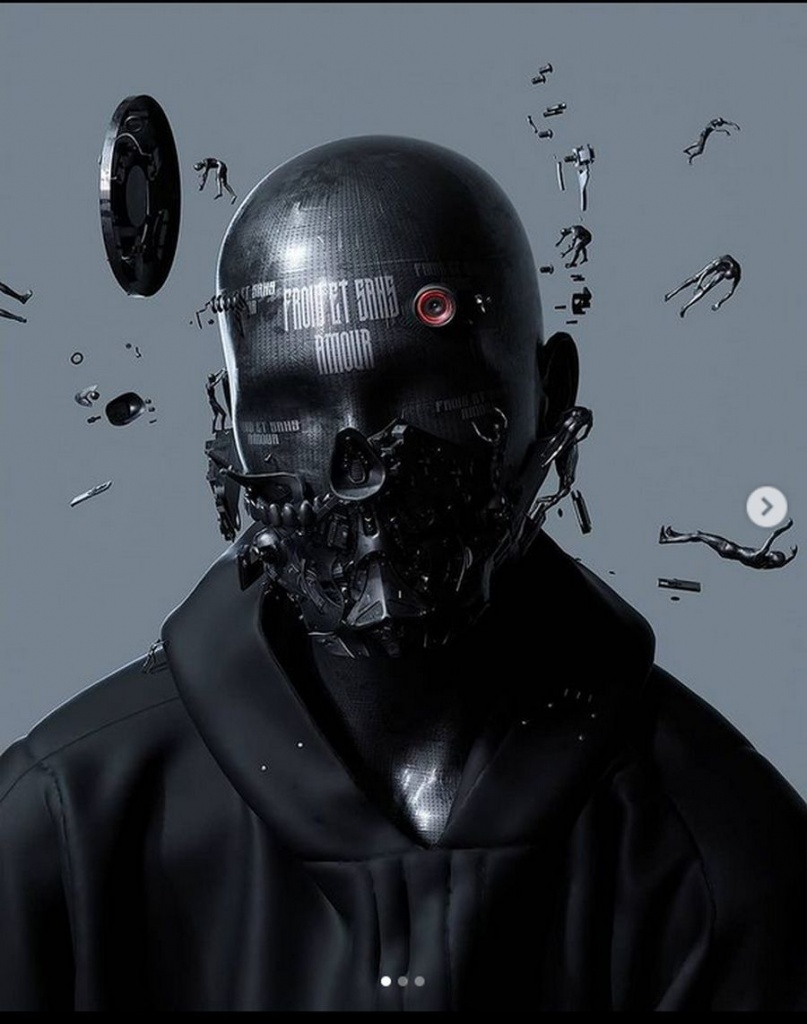
Therefore, the museum in every possible way welcomes interest in the material, bodily world. We are deeply convinced that things are the path of humanity to eternity. This memory has been and will be kept on tangible media – books, objects, paintings and buildings. Information cannot be transmitted without a tangible medium. Even if it is “Upanishads”, passed by word of mouth. Even there, a material medium is needed – a person who has memorized the text.
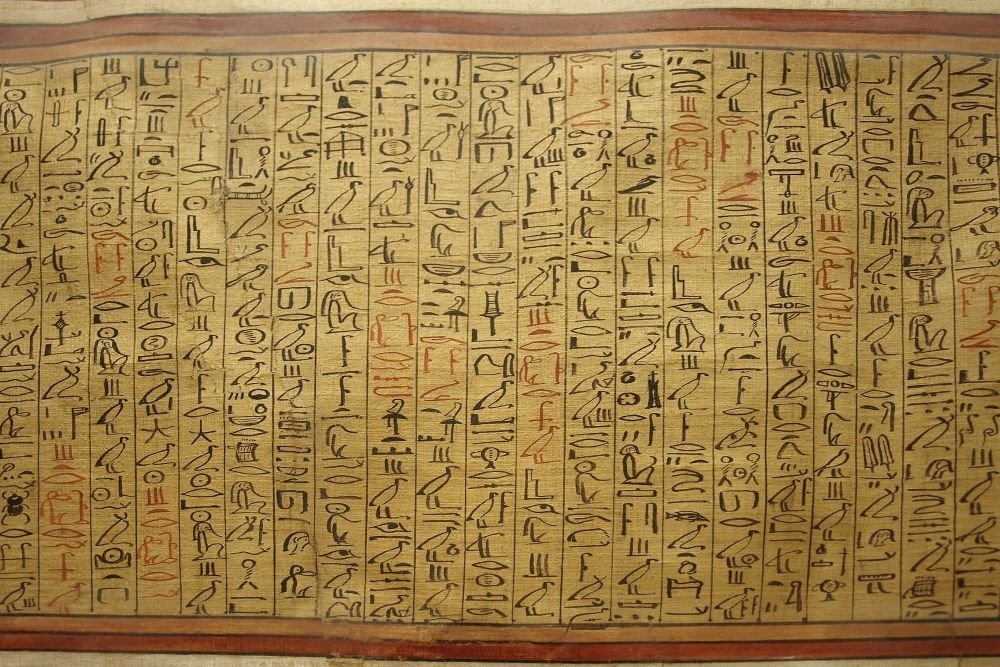
Materiality is the basis of the memory of generations
Returning to art as a tool for cognition, appropriation and creation of the visible and invisible world, the museum recognizes that the future lies in its digital format in the context of creation and presentation. But if we are talking about the storage and transfer of the created, then we need to think very, very much about the material carriers that will perform this. Because if we continue to neglect things, then in 100 years there will be no devices on which we could look and read what humanity will create during this time. All these magnificent installations, all glitch art, all generative art can sink into oblivion, as the performances of Ancient Rome, the Italian Renaissance, or France of the Louis era have disappeared. Therefore, we are for all kinds of attention to the material world, including the return to still lifes of their important role in preserving and studying the history of objects.
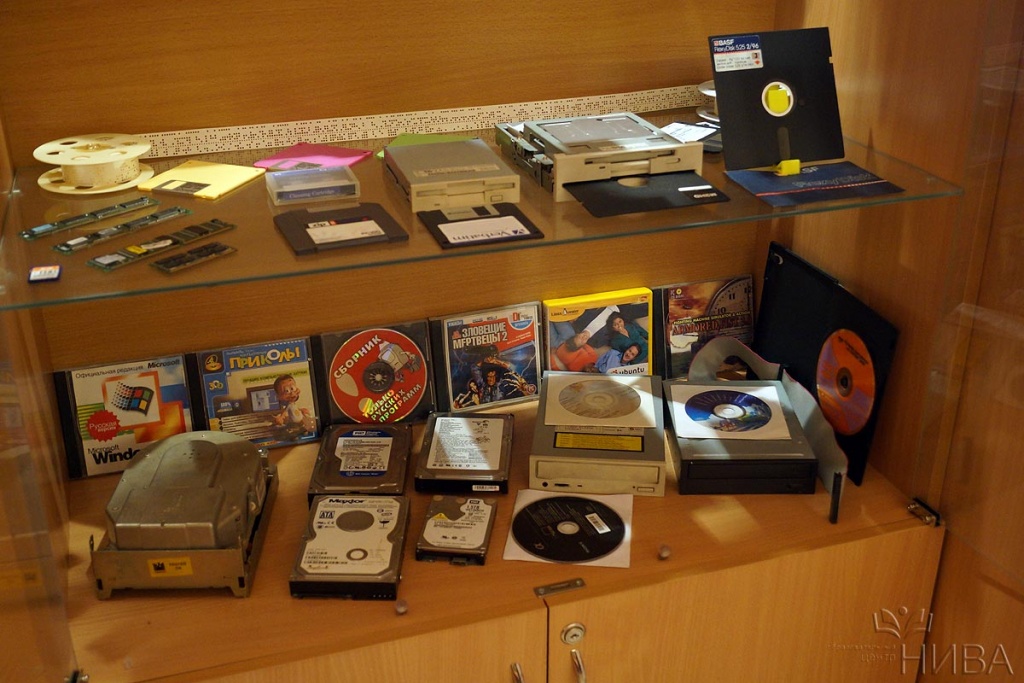
Therefore, we display in the museum the works of digital artists for whom the material world is a source of inspiration and knowledge.
Still lifes of Andrey Surnov
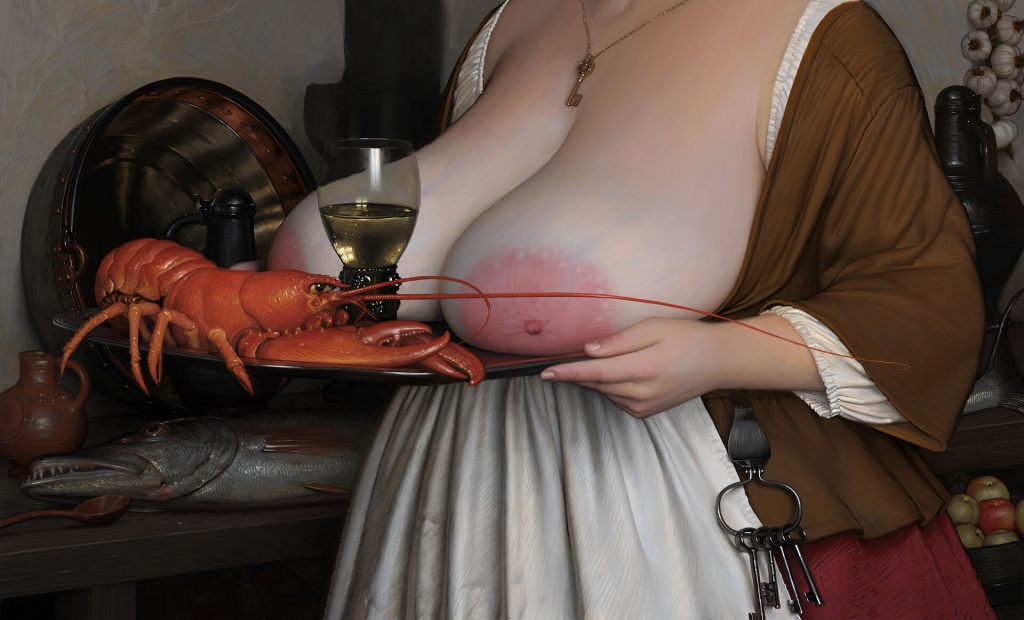
Still Life with Lobster is a real tribute to the masters of Dutch still life of the 17th century, a hymn to art as a craft and as an art of life. While working on the image, the artist carefully studied the history of the little Dutchman, so all the objects in the picture are authentic. A heavy Remer glass on a massive stem with berry cones, a silver tray, earthen vessels, a copper basin, apples in a basket, a wooden spoon and two Dutch seafood lobsters and barracuda fish. All of this is written with the same care as that of the old masters. The texture is beautifully conveyed, the cold of the clay is almost felt, the slippery scales of the fish, its sharp teeth, the smell of apples, the heaviness and slightly rough surface of massive steel keys, the soft woolen fabric of the jacket, linen fabric and the warmth of silky skin.
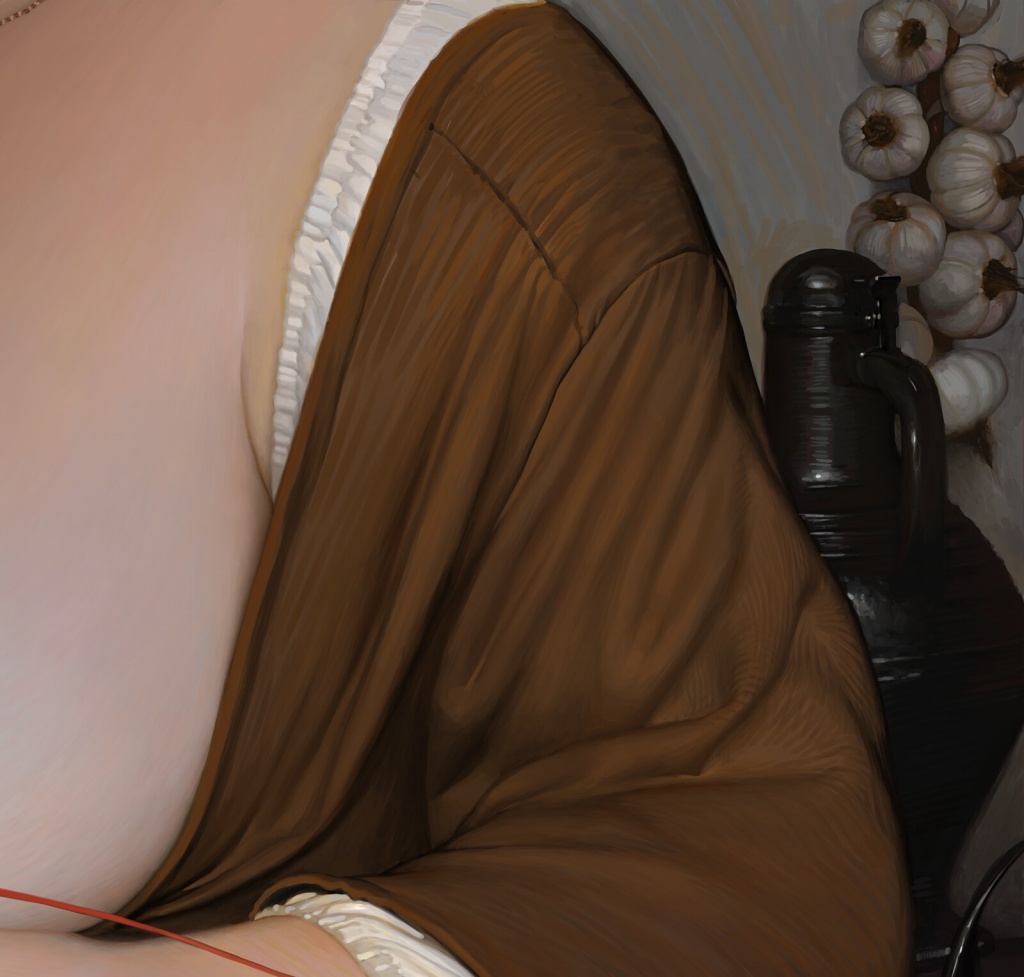
Andrey Surnov not only studied the subtleties of depicting objects in Dutch still lifes, but also mastered the sewing technique in a special 3D program. This is why the folds and seams are so authentic.
The artist outlined another problem in his work – the problem of the perception of the feminine principle in the world. This refers us to the ancient natural understanding of a woman as a bearer and giver of the power of life, as a universal mother, nurse, source of beauty and peace.
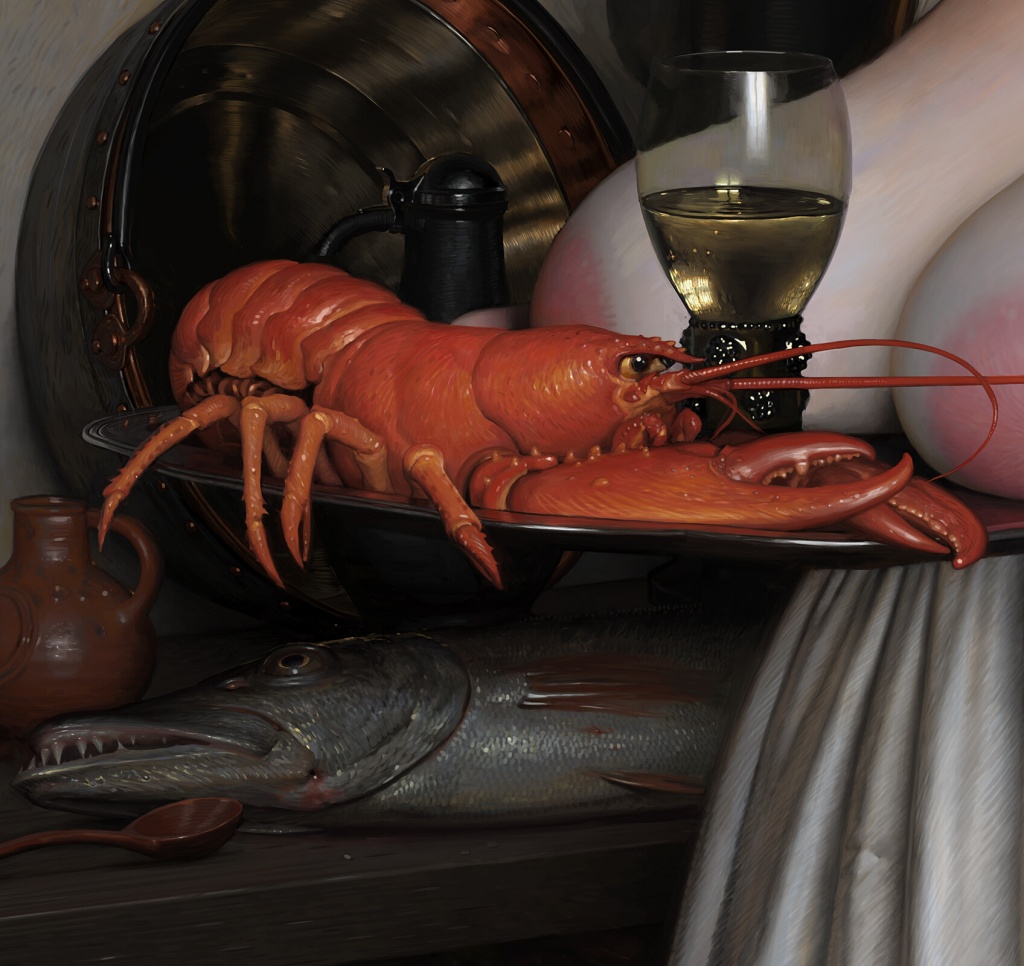
But, while remaining contemporary, he is not alien to irony. Therefore, despite the seriousness of the work, there is a certain detachment in it, observation from the outside. There is an attempt to represent the interaction between the depicted objects. The artist raises the question of how alienated his own body is from us and whether the depicted objects can live their own lives, independently of us.
Still life often comes to the attention of the artist, expanding and complementing his work, giving them additional meaning.
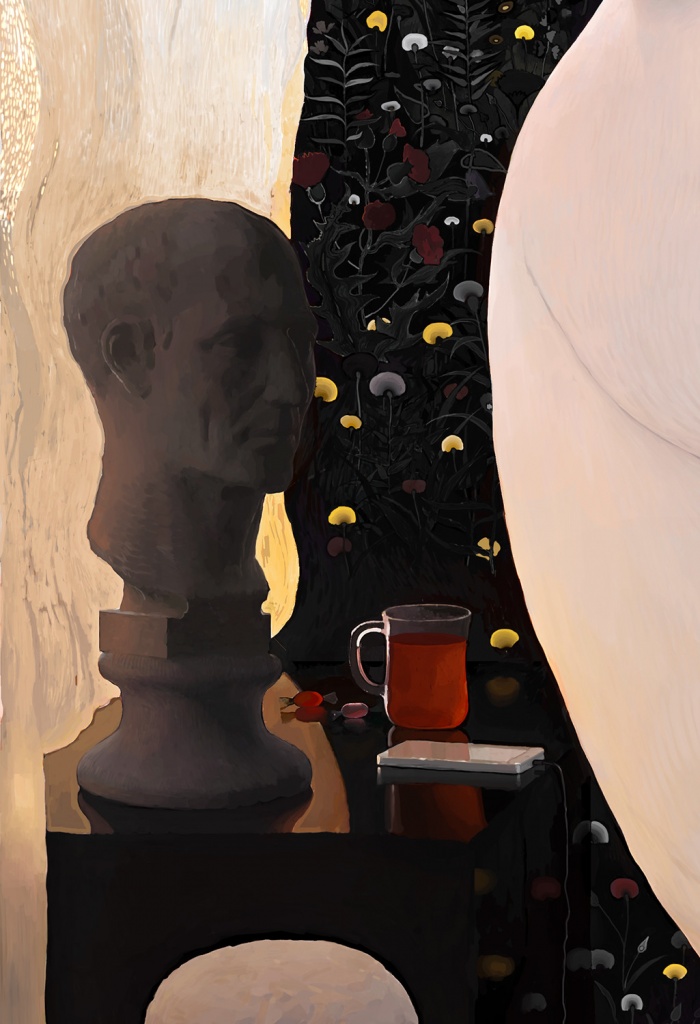
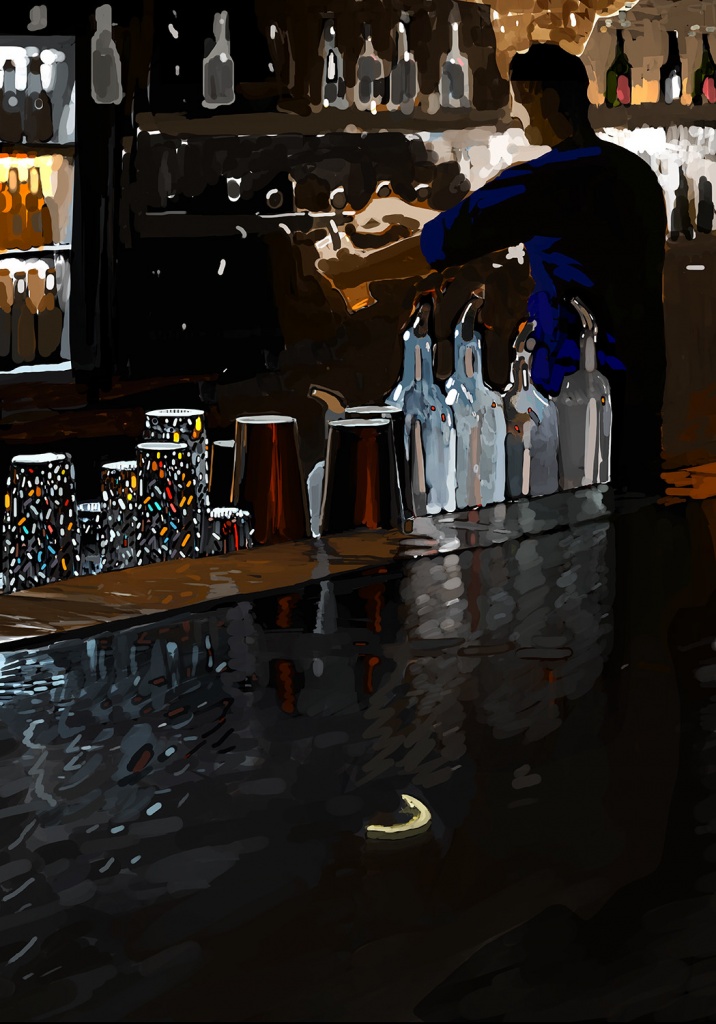
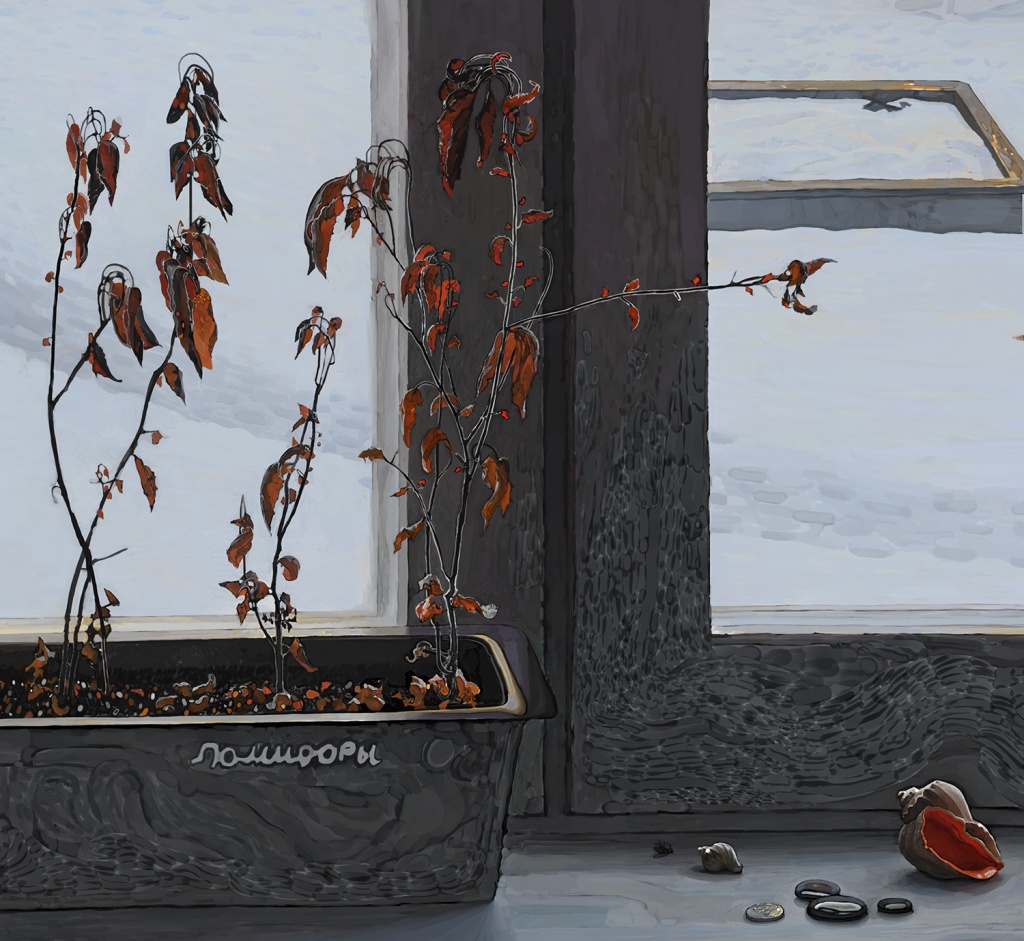
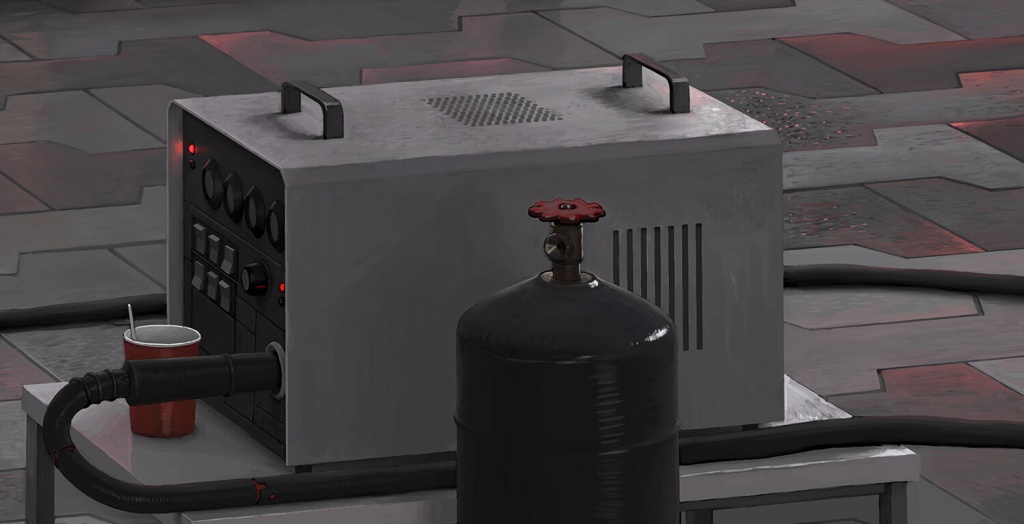
Still Lifes by Alexandr Seleznev
Alexander Seleznev @seleznevsasha9953 also introduces still life into his fiery canvases. They are written in crude, almost primitive stains, but the artist’s amazing instinct allows him to follow a thin line and create an accurate and painfully subtle image of things that tell us our not always funny story.
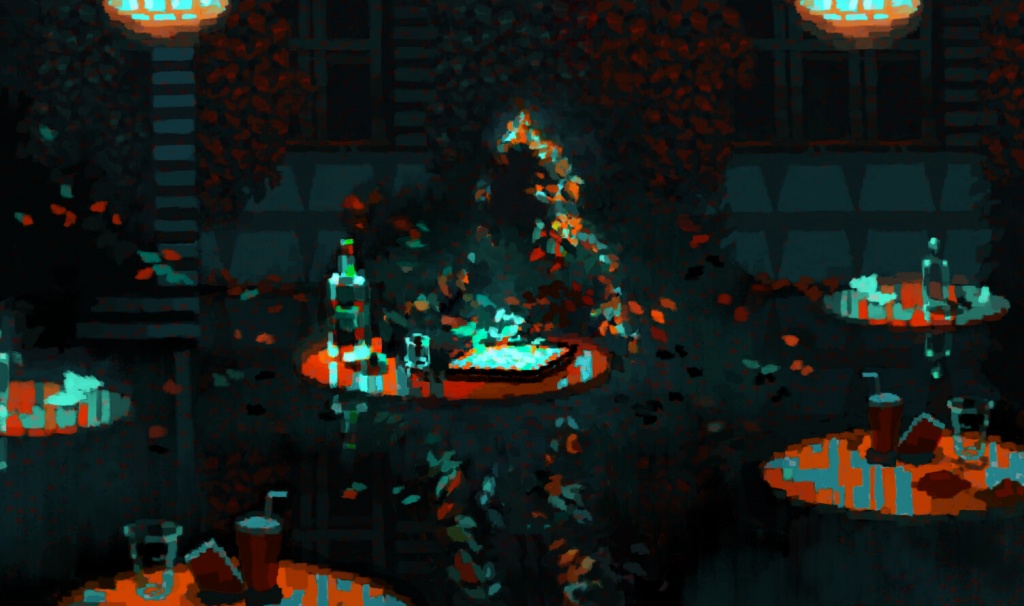

Still Life by Farid Ghanbari
There is not always semantic subtext in the artist’s work. Sometimes it is just a beautiful composition, far from being staged for some time. Well, such calls for the genre of a calm life are also important, because they support interest in the material world that surrounds us.
Farid Ghanbari @renderburger completed his still life to explore the possibilities of working with detailed structures in Substance Painter. Recognizing the quality of the work, the beauty of the resulting painting, the museum would still like to focus on the preparatory stage – an untextured 3D model of the composition, where the final image appears in its original form – from light and partial shade.
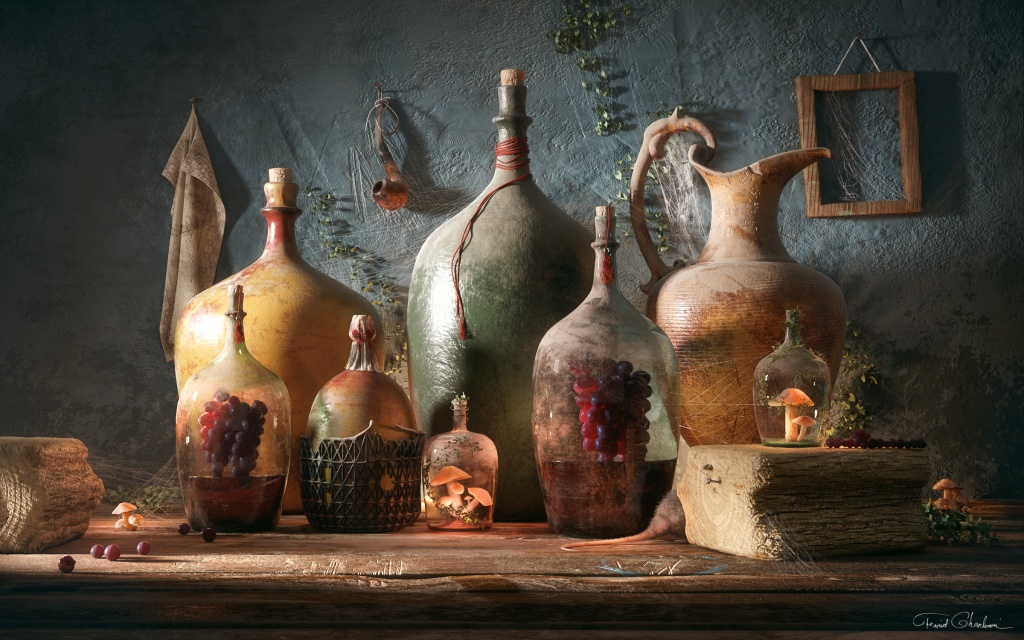
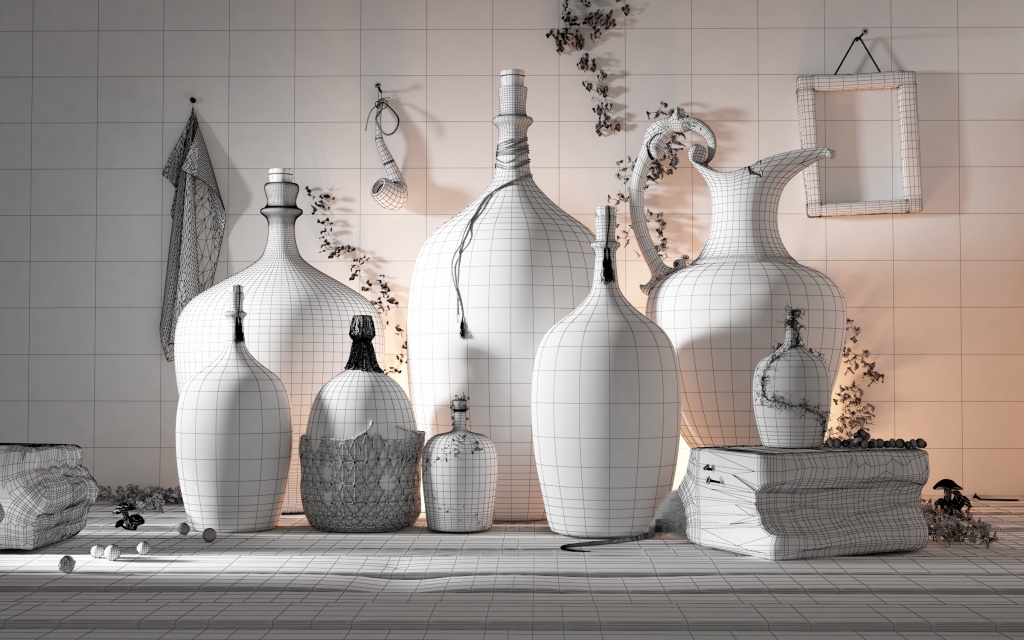
Contemporary vanitas by Mauro Belfiore
Observing and studying still lifes, the artist develops a subtle sense of time, accuracy of understanding of details, awareness of the versatility of our being. It is a pity that even for those few who turn to still lifes, this is often limited to the sketching stage. But the good news is that their works preserve the materiality of everyday life, like the Italian artist Mauro Belfiore @maurobelfiore.art
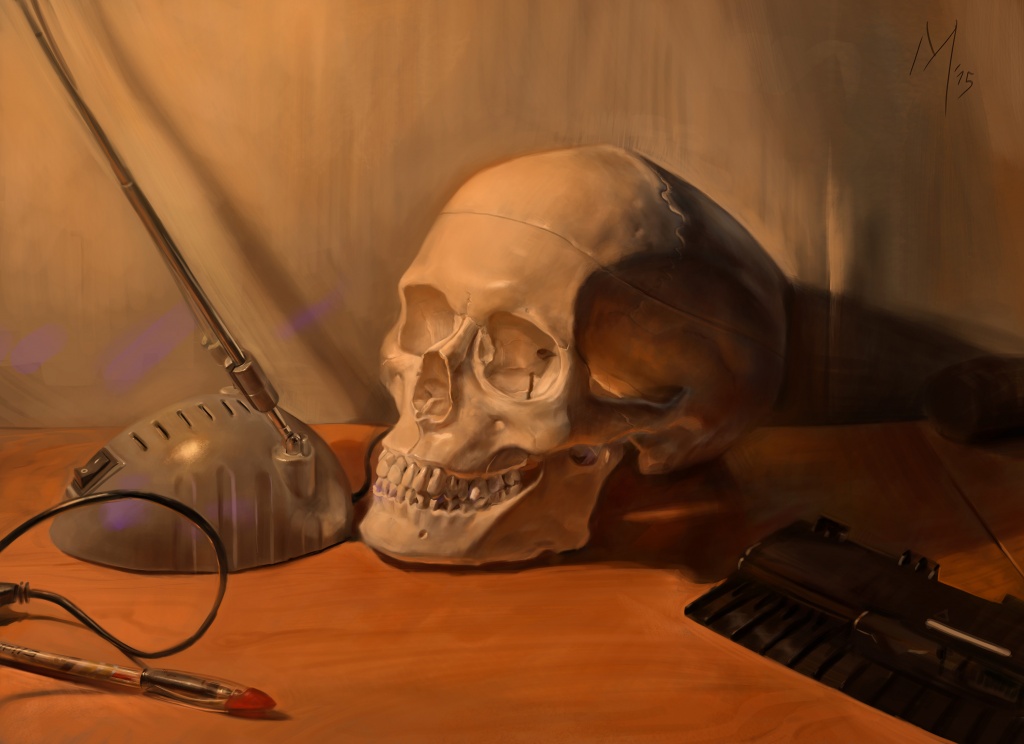
Dutch Still Life and the Great Avengers by Oliver Wetter
Oliver Wetter tried to give a modern interpretation of Dutch still life by incorporating cult objects of modern mass culture into the original stock photos. https://www.artstation.com/fantasio
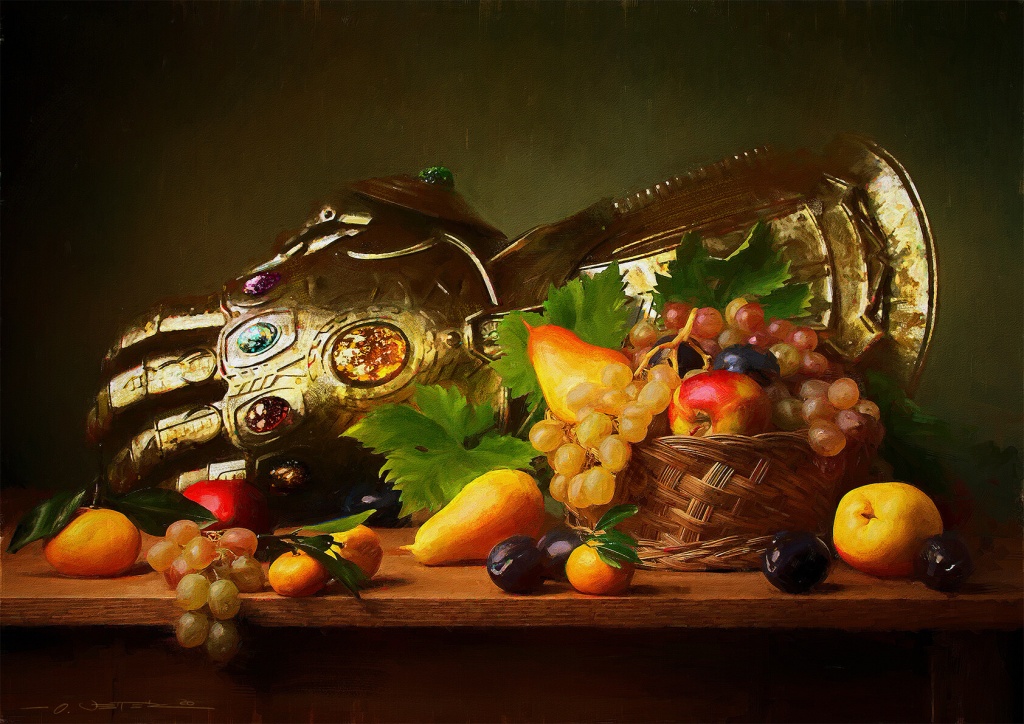
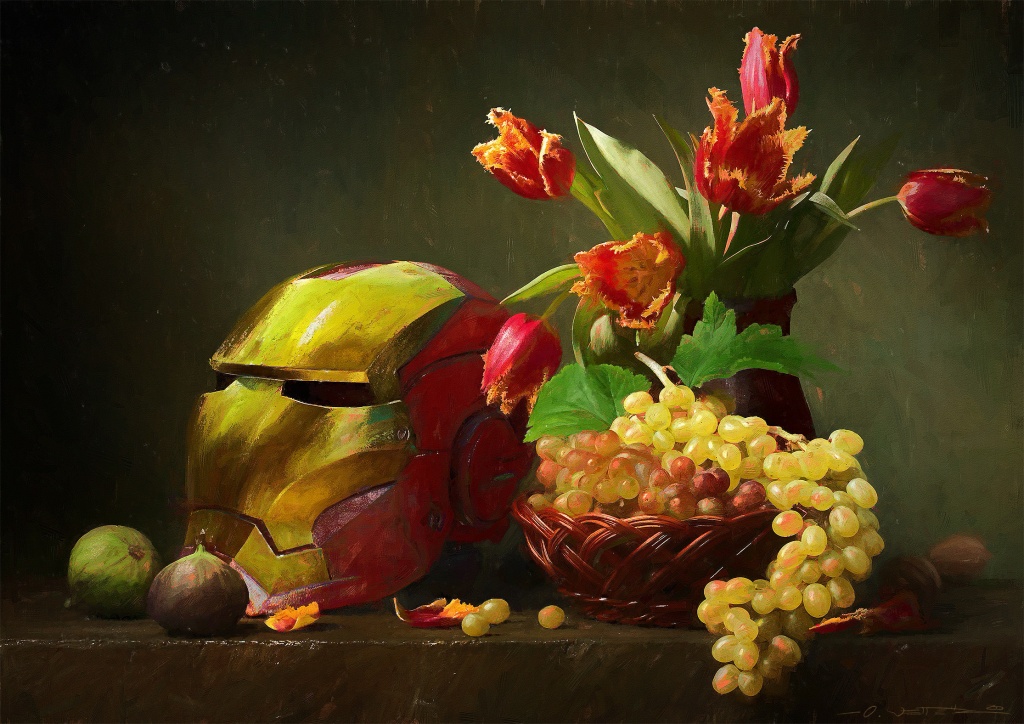
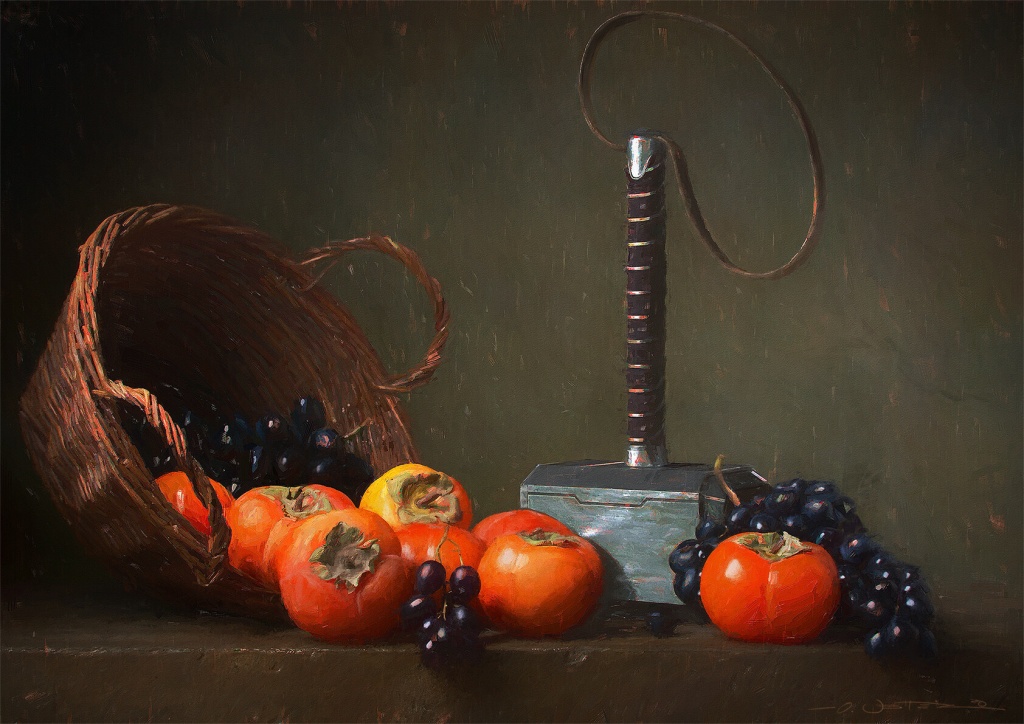
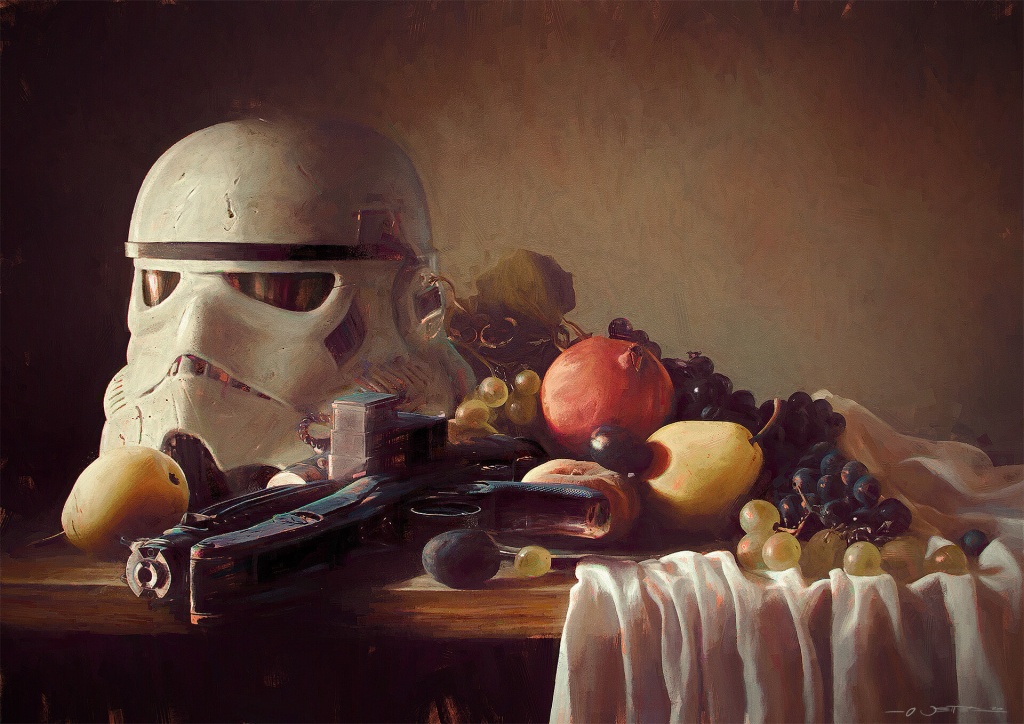
Nostalgia for the 80s. Willow Paquette
Yet it seems to me that many digital works lack an artistic solution for a real still life. Most artists stop at simple rendering without completing the painting in a painterly way. This gives her a certain mechanism, makes it difficult to highlight the compositional center and simply does not evoke a response from the viewer. Because, no matter how far-fetched it may seem, strokes have sensuality and on a non-verbal level, almost at the level of tactility, convey to the viewer the movements of the artist’s hand, soul and thoughts.
For this reason, the museum is very interested in presenting the original version before rendering, in which the master’s work is exhibited. So, between the base model in Willow Paquette‘s work and the finished version, we would have preferred the original image, if not for the rich content of this seemingly simple work. @willow_paquette
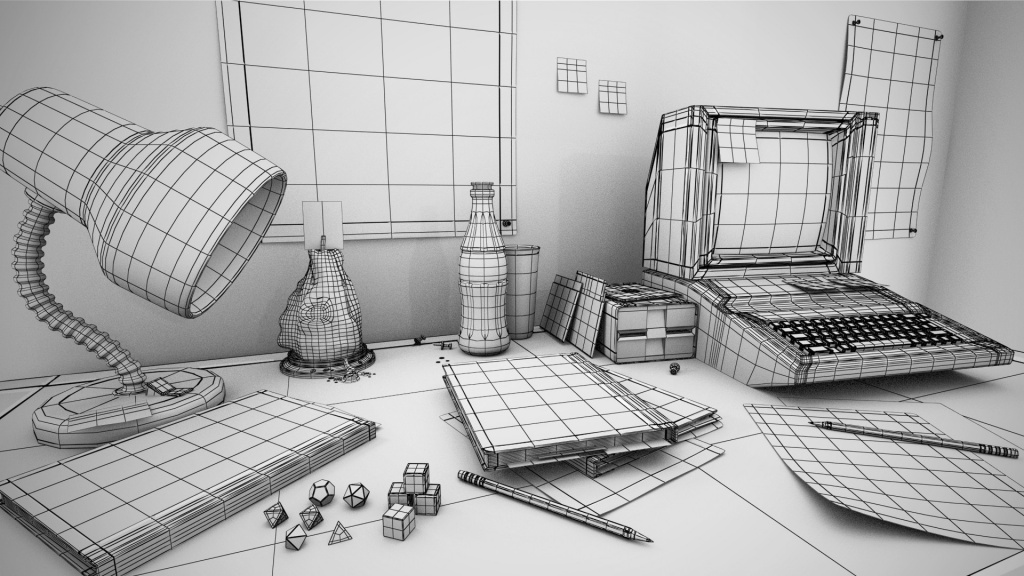
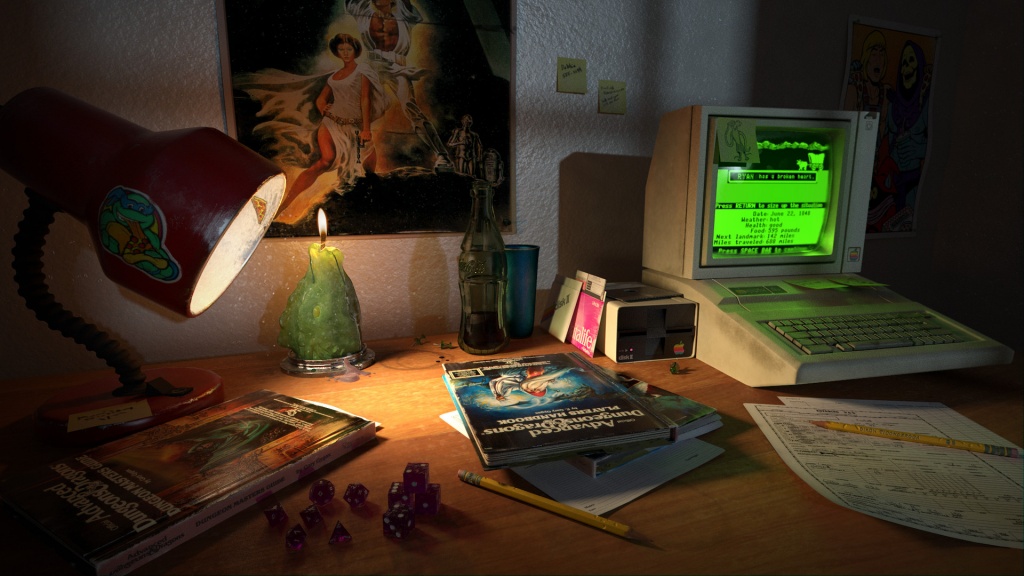
The whole plot of the still life is nostalgia for the classics of the 80s. From the first Macintosh and external drive, 5-inch floppy disks, the first Star Wars poster, D&D (Dungeons & Dragons) dice, master and player books and Coca-Cola bottles to teenage teenage mutant ninja turtles stickers and the inscription “Hello”. He-Man and Skeletor hide in the shadows. This is a true generation document.
The Toy World of Albert Valls Punsich
Who really loves the material world is Albert Valls Punsich! Even its interiors are like a fabulous toy, and still lifes are surprisingly reliable. But texture mapping significantly reduces the staginess of the composition. Therefore, we present the works of Albert Valls Punsich in their pristine beauty. https://www.albertvallspunsich.com/
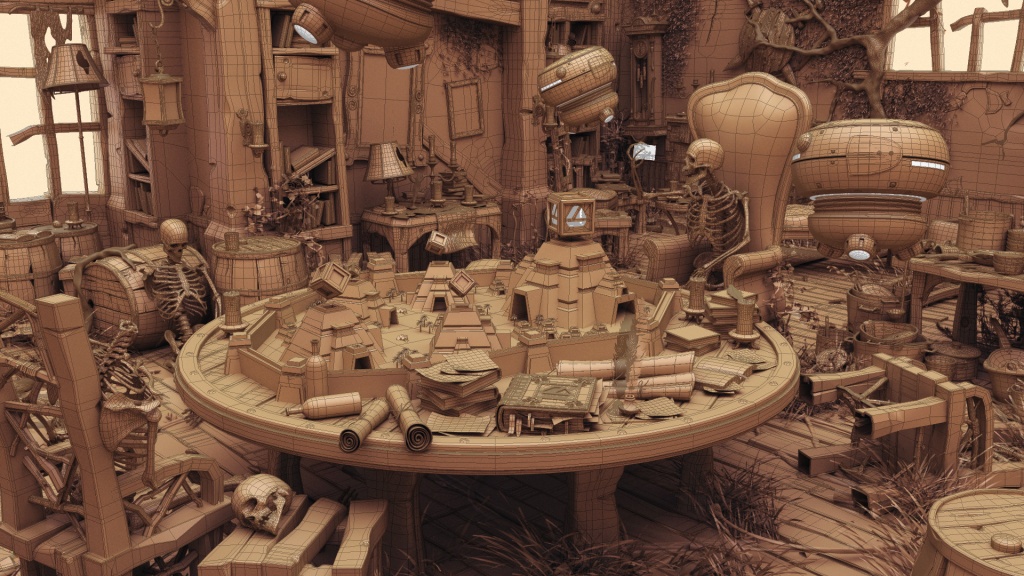
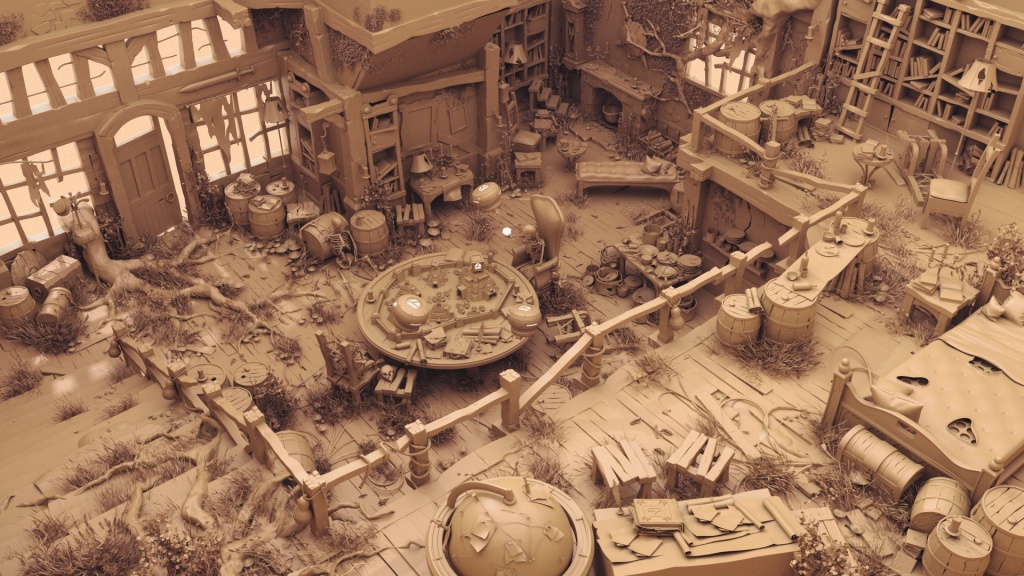
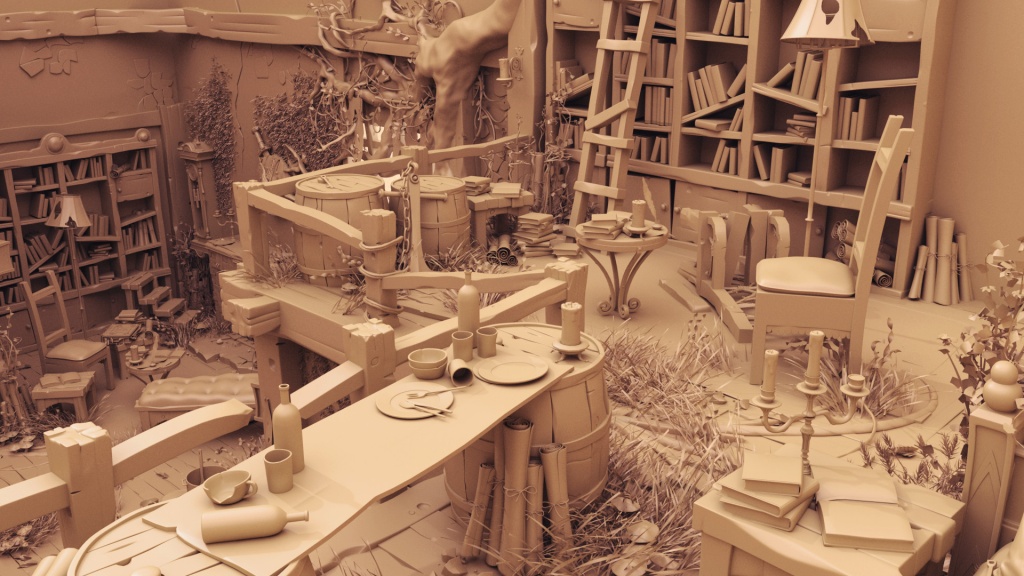
Paul Mandegarian and Rolex 3135
In all the nominations presented in our work today, digital art competes on equal terms with traditional art, especially in the painting of Andrei Surnov, who follows the academic traditions of craftsmanship. But there is an area where traditional art immediately gives way, where the creation of finished work is possible only in digital format. This is an accurate recreation of an object with all its details, with the ability to disassemble it into its component parts and a demonstration of the assembly process with all the details of the structure.
Paul Mandegarian transforms the Rolex 3135 series into true art that celebrates human thought and work. A great example of what digital artists can work on if they are not very close to still life symbolism, but close to an interest in how things are made. https://www.artstation.com/pmandegarian
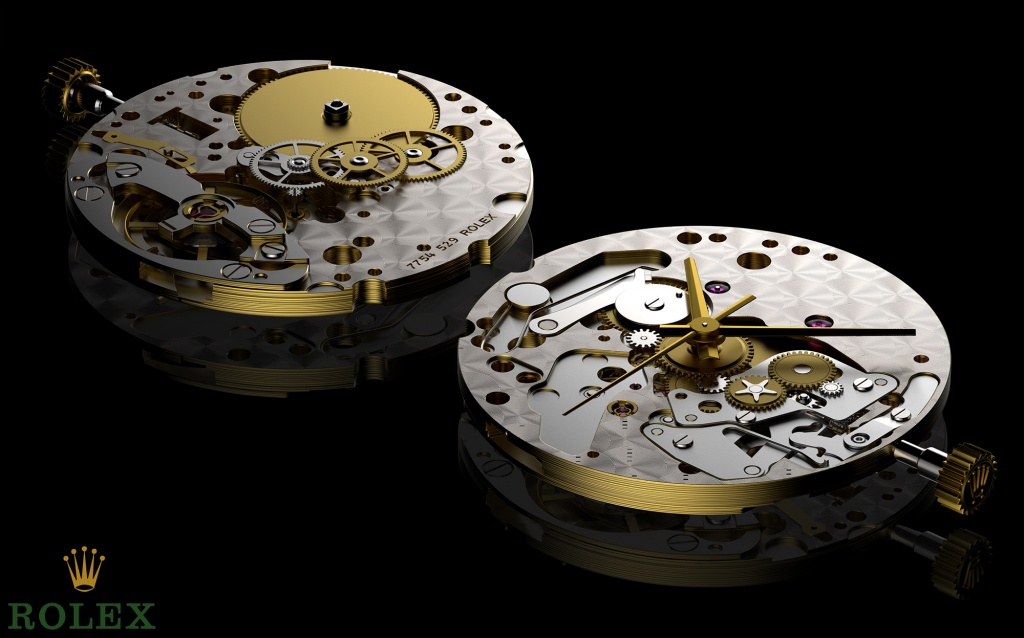
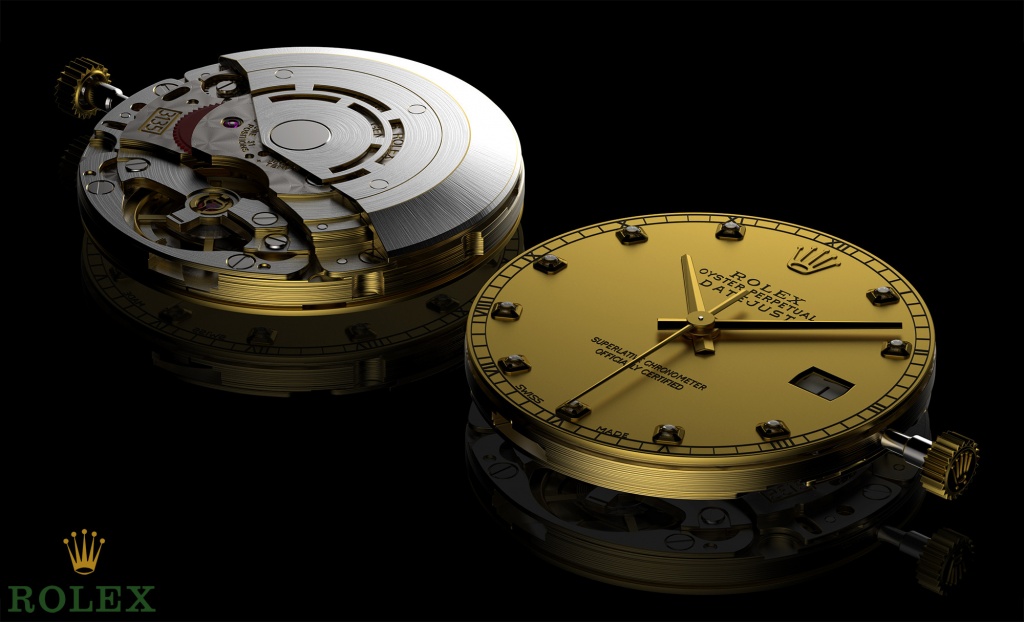
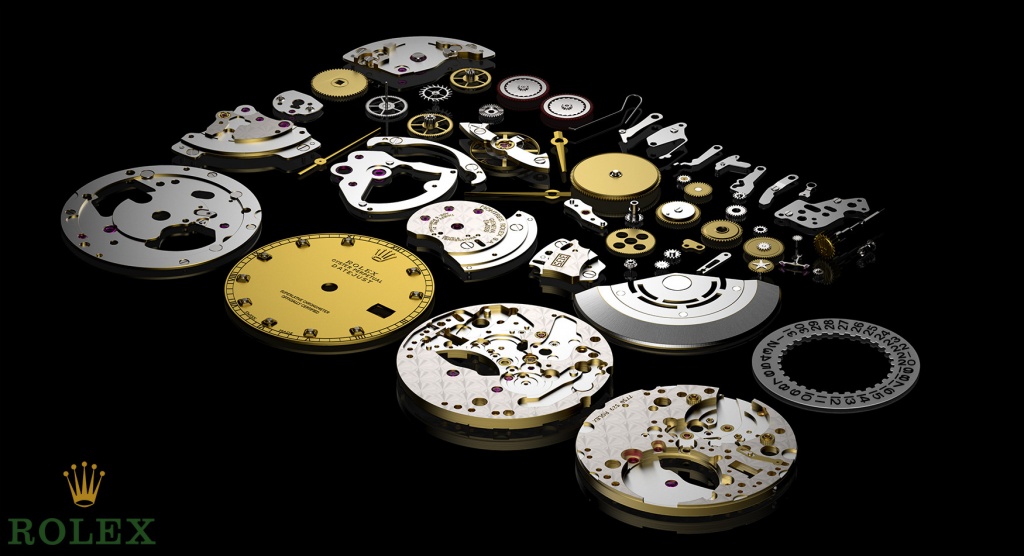
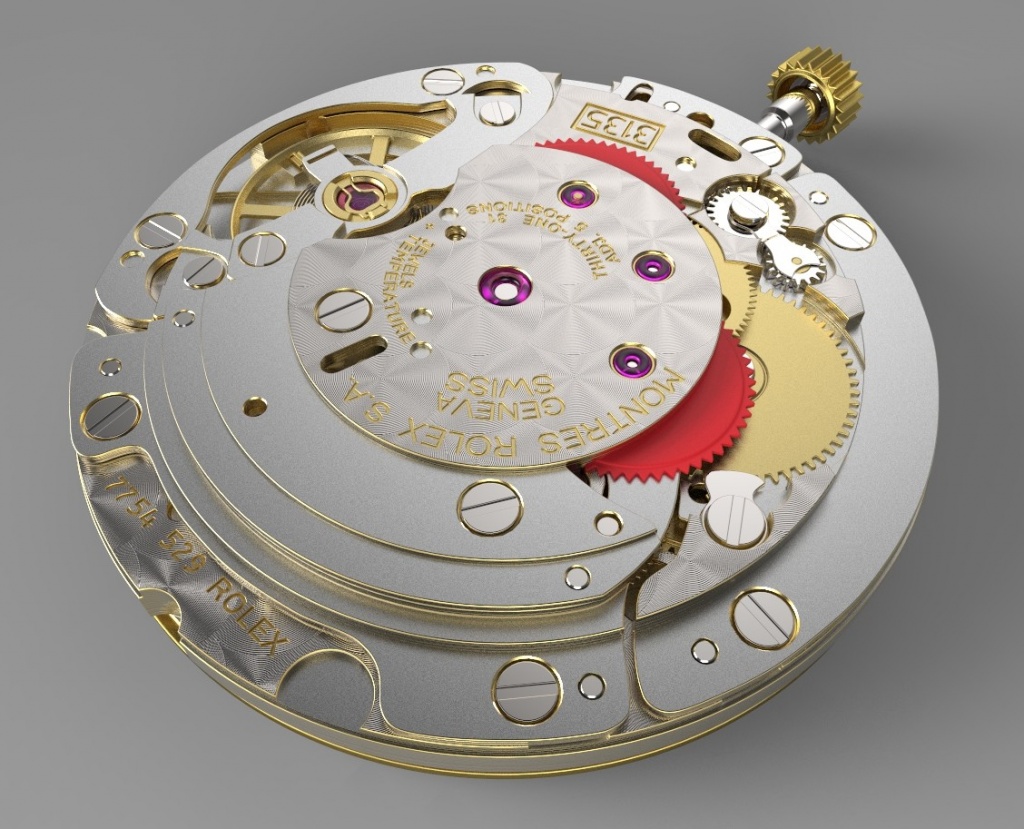
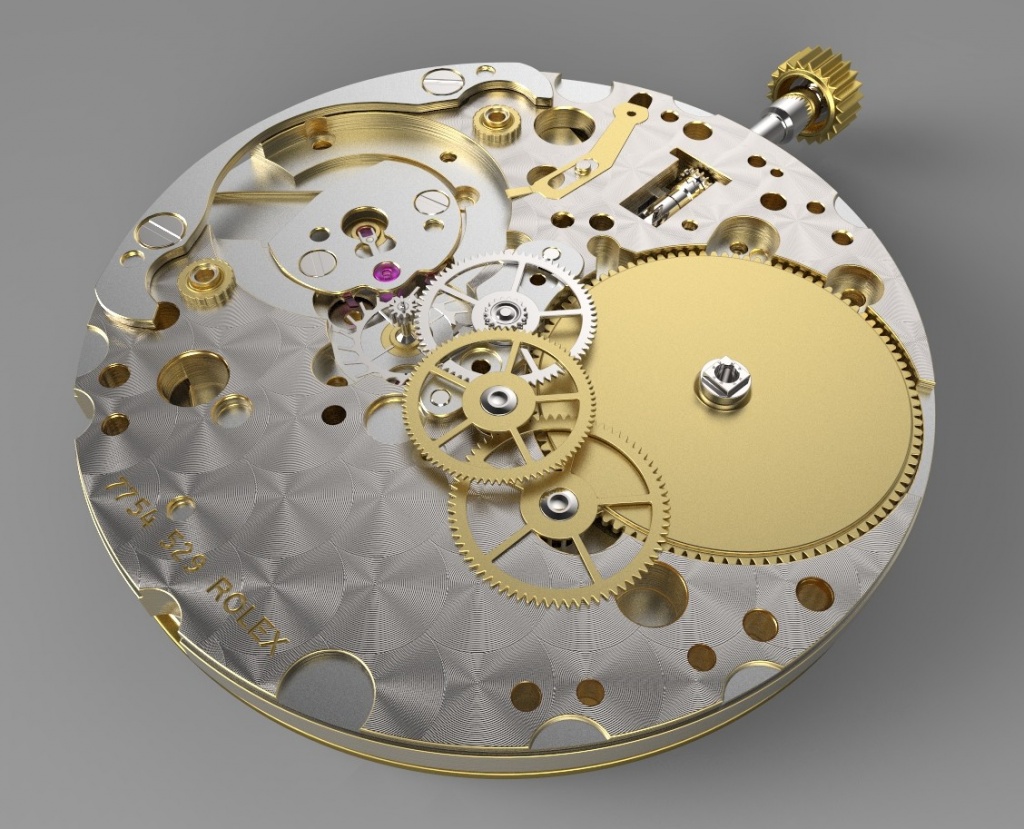
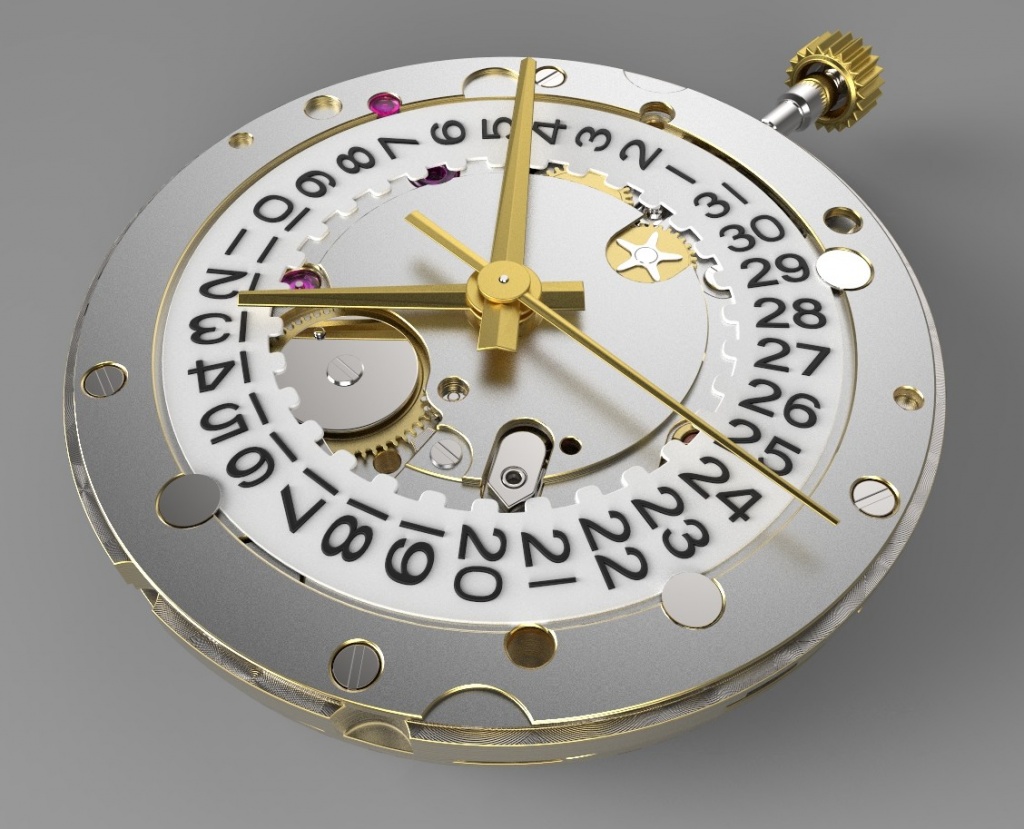
PIXAR generation still life
And at the end of today’s presentation, we want to present to your attention a completely naive, but very modern still life of Virginia Morelli of the neoinfantilist era. https://www.artstation.com/virginiamorelli
